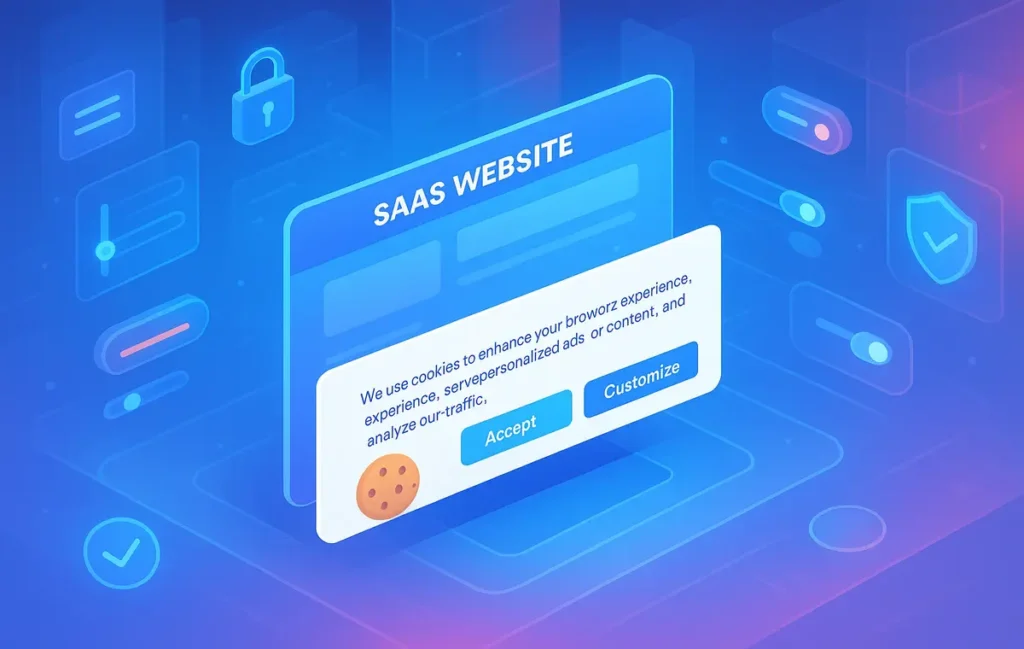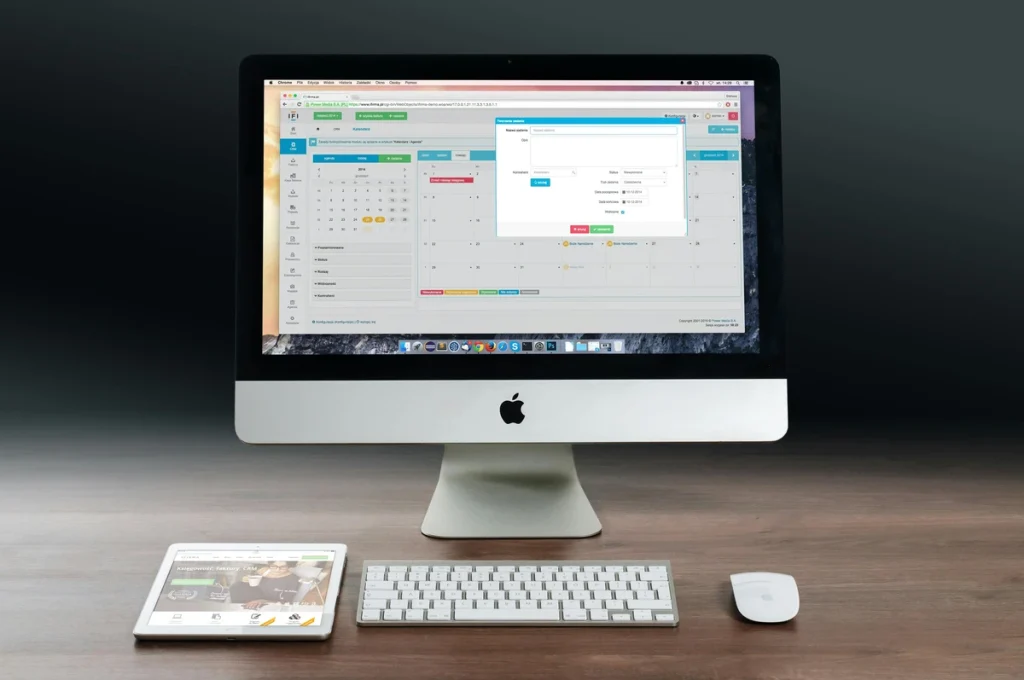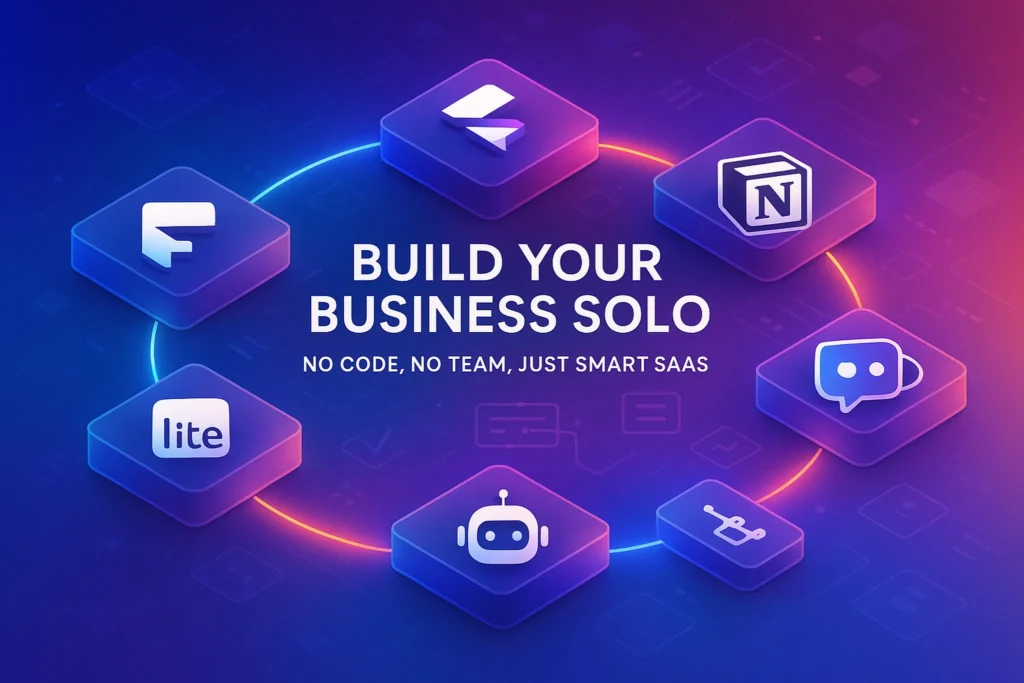🎯 Intro
“Nothing kills a user journey faster than a consent pop-up that feels like a wall between the visitor and your content.”
For years, marketers have treated consent banners as a compliance checkbox. Users, however, often see them as intrusive roadblocks. In an age where privacy laws like GDPR and CCPA dictate how data is collected and used, businesses are under pressure. But here’s the truth: a Consent Management Platform (CMP) isn’t just about avoiding fines—it’s a strategic lever to preserve conversions, optimize opt-in rates, and build trust without breaking the user experience.
Many brands still underestimate the cost of poorly designed consent flows. A clumsy banner can slash your opt-in rate by 30% or more. That’s not just lost leads; that’s lost data for ad targeting, personalization, and long-term ROI. At NerdChips, we’ve seen how CMPs are evolving from a legal requirement to a marketing essential. Let’s break down why.
🔍 What Are CMPs?
A Consent Management Platform (CMP) is software that helps organizations collect, store, and manage user consent in compliance with global privacy laws like the General Data Protection Regulation (GDPR) in Europe and the California Consumer Privacy Act (CCPA) in the U.S. Instead of manually coding cookie banners or worrying about legal interpretations, a CMP centralizes everything: banner display, granular consent options, data storage logs, and integration with analytics, ads, and CRM platforms.
For marketers, CMPs are no longer optional. Google’s Privacy Sandbox and Apple’s stricter App Tracking Transparency rules have reduced third-party data availability. That makes first-party consented data far more valuable. A good CMP ensures you not only collect this data legally but also present consent choices in a way that feels natural and trustworthy.
💡 Nerd Tip: Treat CMPs as part of your martech stack, not just a compliance add-on. The sooner you align it with analytics, personalization, and ad campaigns, the more strategic value it delivers.
⚡ The Conversion Problem
Here’s the uncomfortable truth: traditional consent banners often sabotage conversions. Imagine a user clicking through an ad you paid $10 for, only to be greeted by a giant pop-up that blocks your content. Many bounce instantly. Studies show that average opt-in rates hover between 50–70%, but bad banner design can drag that down to 30% or less.
The challenge lies in striking a balance. On one side, regulators demand transparency and user control. On the other, marketers want to maintain a frictionless UX. Too strict, and you lose data. Too lax, and you risk fines that can reach €20M under GDPR.
A growing number of businesses are running A/B tests on consent flows. One German publisher increased opt-in rates by 22% simply by changing the banner design from full-screen to a discreet footer bar. The lesson? Compliance and conversion don’t need to be enemies. With CMPs that support design testing and segmentation, you can optimize for both.
If privacy is part of your digital strategy, you’ll find our post on Pro Tips for Securing Your Online Privacy useful—it complements how CMPs fit into the bigger picture.
🛠️ Best CMPs for 2025
By 2025, the CMP market has matured, with platforms offering not just compliance but also UX optimization and integrations with marketing tools. Here are five leading CMPs:
OneTrust has emerged as an enterprise leader, powering compliance for Fortune 500 companies. Its biggest strength is breadth: GDPR, CCPA, LGPD, and more—all covered with dashboards that legal teams love.
Usercentrics is highly popular in Europe. It combines compliance with design flexibility, allowing marketers to brand banners without breaking legal accuracy.
Cookiebot remains a favorite for SMBs thanks to its free tier and plug-and-play integrations. If you’re just starting, Cookiebot offers one of the fastest routes to compliance.
TrustArc offers powerful risk assessment tools alongside consent management. It appeals to larger organizations with complex, multi-country operations.
Didomi focuses heavily on UX and conversion optimization, with built-in A/B testing for banner formats. For marketers concerned about opt-in rates, Didomi is a compelling choice.
💡 Nerd Tip: Pick a CMP that supports A/B testing for banner design. The difference in opt-in rates can be as much as 20%.
⚡ Don’t Lose Conversions to Bad Consent Flows
Platforms like Cookiebot and Didomi offer free trials so you can test UX-friendly banners before committing. Smarter CMPs = higher opt-in rates, better data, stronger ROI.
📈 Real ROI Breakdown
Why should marketers care beyond legal compliance? Because CMPs directly affect ROI. Let’s put numbers on the table.
GDPR fines can run up to €20M or 4% of global revenue, whichever is higher. Even a minor violation can cost €50K–100K. By contrast, CMP platforms range from free (Cookiebot’s basic plan) to around $500–$1,000/month for enterprise solutions. The ROI math is simple: the cost of implementing a CMP is a fraction of the cost of potential fines.
But there’s a second layer: opt-in rates directly impact data quality. When users give explicit consent, you gain high-value first-party data. This fuels personalization, email segmentation, and lookalike campaigns in ad platforms. A CMP that improves opt-in rates by just 10% could translate into thousands of additional qualified leads annually.
Consider the broader trend of AI regulation on the rise—businesses that integrate compliance-first solutions today are better prepared for future privacy-driven restrictions. CMPs aren’t just a defense mechanism; they’re an offensive strategy to future-proof marketing data.
🚀 Implementation Guide
Building a CMP strategy isn’t rocket science, but it does require methodical execution:
Step 1: Choose a CMP with strong integrations. Look for native connectors with your CRM, analytics, and ad tools. Without these, you’ll end up with siloed data.
Step 2: Configure legal frameworks. Every CMP comes with templates for GDPR, CCPA, and other regulations. Customize based on your markets and legal team’s advice.
Step 3: Design user-friendly consent banners. Prioritize UX: small, clear banners outperform intrusive modals. Add language-specific versions for multi-region sites.
Step 4: Test and optimize opt-in flows. A/B testing isn’t just for landing pages. Try variations in copy (“Allow personalized ads” vs. “Support free content”) to see what resonates.
Step 5: Monitor and update compliance. Laws evolve. A CMP should allow real-time updates so you’re never behind.
If you want a deeper dive into future-ready models, check out our post on Federated Learning—it’s the next stage in privacy-preserving data strategies.
⚠️ Challenges & Solutions
CMPs are powerful, but adoption comes with hurdles.
One major challenge is jurisdictional complexity. A banner designed for GDPR may not satisfy CCPA. Some CMPs now auto-detect user location and display the right framework, reducing manual effort.
Another issue is multi-domain and multi-language sites. A global e-commerce store running 20 localized sites can’t afford to manage each one manually. Enterprise CMPs like OneTrust and TrustArc solve this by offering centralized dashboards.
Finally, alignment between legal and marketing teams is critical. Marketers often see consent banners as conversion killers, while legal teams see them as shields. The solution is collaboration: CMPs provide analytics dashboards that show opt-in performance alongside compliance logs, bridging both priorities.
To see how this fits into the broader trend, our post on AI Regulation is Coming shows why compliance-first strategies are becoming mainstream.
📬 Want More Privacy-Smart Marketing Tips?
Join our free newsletter for weekly insights on marketing software, AI regulation, and conversion-boosting tools. No fluff—just the sharpest ideas for digital builders.
🔐 100% privacy. No noise. Only high-value insights from NerdChips.
🧠 Nerd Verdict
CMPs have evolved from regulatory shields to strategic marketing tools. By combining compliance, conversion optimization, integration with ad/CRM ecosystems, and now AI-driven personalization, they are redefining how marketers collect and use data.
The brands that thrive in 2026 and beyond won’t be those who simply “check the compliance box.” They’ll be the ones who turn consent into a competitive differentiator—gathering richer, legally sound data while delivering seamless user experiences.
💡 Nerd Tip: If you treat privacy as part of the value exchange (instead of a burden), users reward you with trust—and trust converts better than any banner.
❓ Nerds Ask, We Answer
💬 Would You Bite?
Would you rather gamble on potential GDPR fines, or invest in a CMP that keeps you compliant while boosting conversions?
Crafted by NerdChips for creators and teams who believe privacy and conversions can go hand in hand.



